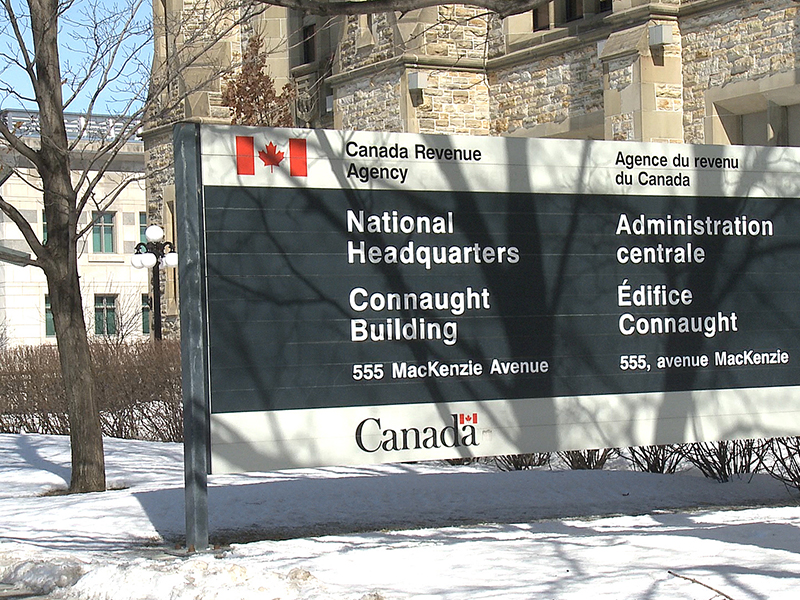
Over the past five years, the Canada Revenue Agency (CRA) has more than doubled the number of taxpayer groups in its global high-wealth (GHW) population — a segment that could be subject to tax audits under the agency’s GHW audit program.
The GHW program is one of three audit programs with which the CRA addresses non-compliance in wealthy populations, along with the offshore program and the aggressive tax planning program. GHW was previously known as the related party audit program, which generally targeted those who control a net worth of $50 million or more.
Currently, the CRA has identified more than 2,500 groups that belong to the GHW population, the agency said in an email to Investment Executive.
The GHW population consists of “identified groups of high-net-worth individuals, associates and related entities, as opposed to a single taxpayer,” the CRA said in the email. “The CRA approach is to audit the entire group of entities, versus auditing a single taxpayer.”
Each group may contain hundreds of entities, including individuals, trusts, partnerships and corporations, it said. A previous iteration of the GHW program required that a high-net-worth individual have 25 or more related-party entities, but that requirement was removed.
We’ve seen significant growth in the targeted population in recent years. As of March 31, 2018, the CRA said its related party initiative had identified more than 800 groups. That rose to 1,100 groups under the related party audit program in November 2019 — fewer than half the number of this new, expanded scope.
Combined, the GHW program, offshore program and aggressive tax planning program completed over 700 audits in fiscal 2023–24, the CRA said, with a total fiscal impact of $1.8 billion. (The CRA’s fiscal impact from all compliance activities was $15.3 billion in 2023–24, up from $12.7 billion in 2019–2020.)
More than one-quarter of the 700 audits and about 41% of the $1.8-billion fiscal impact were attributable to the GHW audit program, which completed about 180 individual audits in fiscal 2023–24, the CRA said, with a total fiscal impact of $745 million.
“It is important to note these audits are complex and lengthy to complete,” the CRA said. “Ongoing financial investments by the Government of Canada directed at collaboration with domestic and international partners, technological advancements and data sources have advanced the CRA in its efforts to make sure everyone pays the taxes they owe, including the wealthy.”
As noted in the CRA’s 2024–25 departmental plan, the agency received funding in the 2020 fall economic statement to increase audit resources and improve the identification of the highest-risk files in the high-net-worth population. The plan says that combatting aggressive tax planning and evasion is a strategic priority.
A recent development in tax audits, arising from the 2024 federal budget, is proposed powers that would allow the CRA to apply new penalties and extend the normal reassessment period if a taxpayer fails to provide the agency with requested documents and assistance during an audit. Draft legislation was published on Aug. 12, but how the proposed changes would apply and to whom remains unclear.